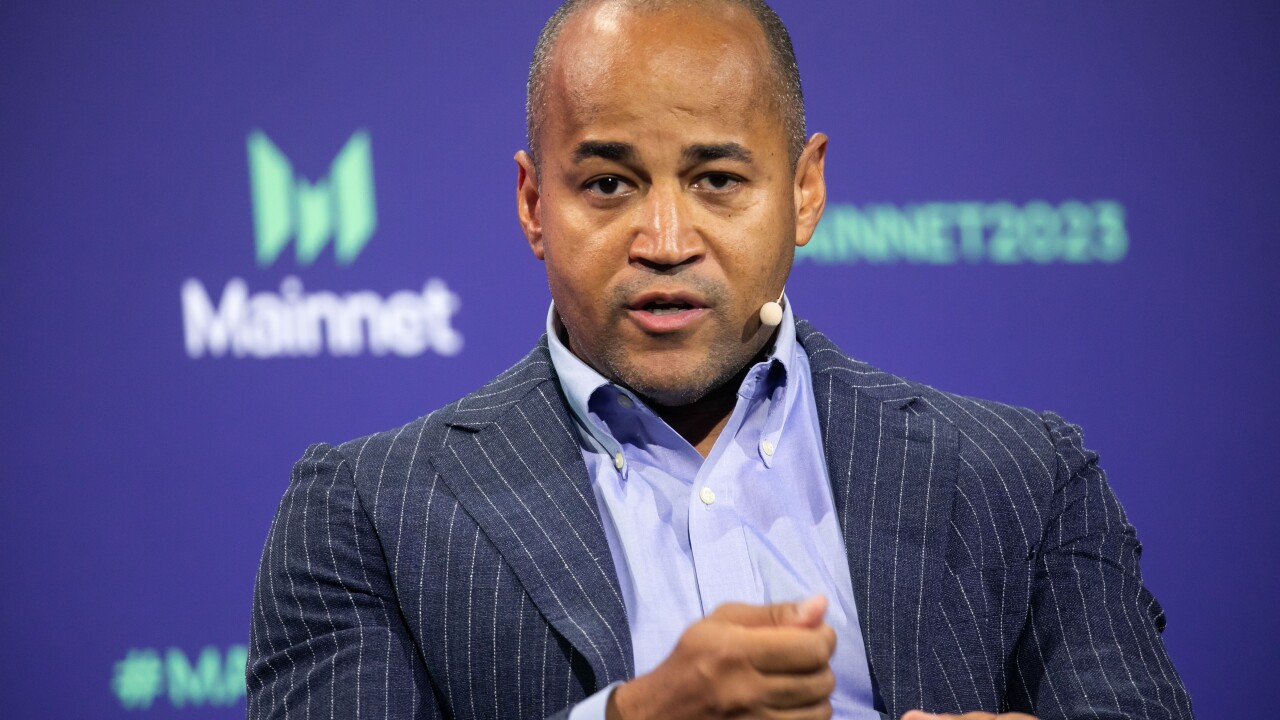The branch is dead; long live the branch.
Digital banking still hasn’t managed to kill off the brick-and-mortar branch, but it continues to revolutionize what products and services are sought and offered at such a facility—as well as how those products and services are delivered there.

Indeed, according to a 2016 FMSI report on branching there was a 22.9% branch growth rate from 1994 to 2009, compared to a 4.8% decline from 2009 to 2014. Moreover, a 2015 FMSI teller line study found a 12.2% decline in teller transactions at credit unions, suggesting members are expecting a different experience when they go to a branch.
“We needed to shift the focus from traditional branch models, to a focus on the digital channel, our contact center (phone/web) and then a non-traditional branch that would focus on the member interaction and building relationships, not just transactions,” said Solarity Credit Union Chief Experience Officer Ralph Cumbee.
In mid-2015, the $1 billion Solarity CU, Yakima, Wash., tasked it facilities committee and senior leadership team with developing a new branch strategy that was in line with the changing needs of its 54,000 members.
The result of that brainstorming session was the “Engagement Center,” designed to address the needs of all members, including the 14,253 who are active mobile users and 35,076 who are active online users.
“This gave us the opportunity to explore new technology that allowed us to interact with our members in ways we never have before,” Cumbee said, adding that the CU’s demographic breakdown is: 20% millennials, 32% Generation X and 26% baby boomers. The remaining balance of members are either from Generation Z or the Greatest Generation.
In spring 2016, Solarity CU began fielding requests for proposals from a number of design and architectural firms and chose Seattle-based EHS Design.
“Today’s branch business model and prototype must be designed for application to a variety of locations and purposes,” said Paul Seibert of the Seattle, Wash.-based Paul Seibert Consulting. At the time, Seibert was the vice president of Financial Design for EHS Design. “The size, configuration, design, staffing and cost must be driven by each market opportunity.”
“Like most credit unions, Solarity CU was seeking to transition from high teller transactions to eventual automated banking. This meant motivating members to use new technologies, while still providing convenient and friendly cash service,” said Seibert. “Cash service will diminish over time as both average transactions per member decline and members find automated transaction to be easy and fast.”
The project broke ground in the summer of 2016. The 1,800-square-foot engagement center, located at Solarity CU’s headquarters, officially opened its doors in January 2017.
Cumbee said the initiative has allowed the exploration of many new technologies, including interactive video displays, teleconferencing capabilities, a directional speaker, Wi-Fi and tablets replacing desktops. The credit union also now offers live video sessions with digital mortgage loan officers.
“While you will not find a teller line, you will instead find two, high-tech ‘Smart ATMs’ designed to serve members’ needs, along with our team of four highly-trained Engagement Center Guides,” said Cumbee. “Additionally, there are several private office spaces where members can interact with the guides for all of their financial needs, as well as remotely connect with loan and business specialists.”
More than Technology
Building a “branch of the future,” is considered forward-thinking, but Seibert cautioned credit unions to align technological offerings with members’ wants and needs.
“We know that transactions are steadily trending toward remote technologies. We also know that the visceral impression made when visiting a branch is subtly emotionally referenced when people connect with their credit union via phone or computer,” said Seibert. “The in-branch impression is designed to be personal, on-brand and unique to insure the later reference is very positive – a good feeling no matter the method of connecting.”
Another distinction of the engagement center is that each member has his or her own “journey.” Trained “guides” track common banking experiences and related emotions.
“If a negative emotion such as ‘uneasiness with technology’ was identified, the engagement center guide creates potential solutions on how to overcome that negative emotion,” said Cumbee. “When a positive emotion was identified, the engagement center guides works on ways to further elicit that emotion from the members.”
These interactions are happening in real-time, noted Cumbee. If a member is having issues with the Solarity CU mobile app or logging into their online banking account, for example, he or she can bring their device into the Engagement Center or login on an in-house device.
“The guides will walk the member through it step-by-step until the member is comfortable and all questions are answered,” said Cumbee.
The pilot branch has been dubbed “Engagement Center” because it serves multiple functions, one of which is to align its physical channel with its digital channels. To this end, the credit union is in the process of upgrading its mobile and online capabilities. Members are encouraged to visit the engagement center to learn how to make the best use of these offerings as well as new in-branch technologies.
“Solarity believes a valuable digital experience will suit individuals irrespective of their age or generation,” said Cumbee. “We continue to see a growing use of digital technologies among all age groups, but the group with the most adopters to the growing technology trend is the millennial generation.”





